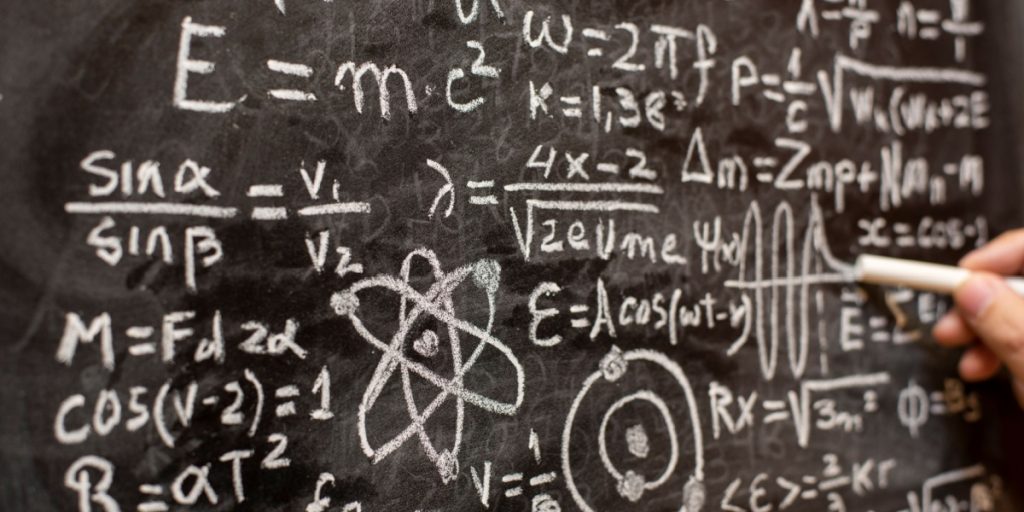A groundbreaking study by Professor Kostya Trachenko offers a simple, universal equation that solves a physics puzzle that has perplexed scientists for a century.
Others are reading now
For a hundred years, physicists have grappled with a seemingly simple question: How can the transition of substances into different states be easily predicted?
Understanding the three states of matter—solid, liquid, and gas—has long been guided by diagrams mapping temperature and pressure to show where substances change form. However, the process of transitioning from solid to liquid has remained somewhat elusive.
Now, a breakthrough has been made by Professor Kostya Trachenko of the School of Physical and Chemical Sciences at Queen Mary University of London. Trachenko has developed a simpler method to calculate and predict the melting points of substances, a discovery hailed by several media outlets as both a breakthrough and revolutionary.
The findings have been published in the scientific journal Physical Review E.
Also read
Filling in the Blanks
Scientists have relied on phase diagrams for years to determine the states of various substances under specific conditions. These diagrams, while effective in distinguishing between a substance’s three forms, have always lacked detailed descriptions at the transition point between solid and liquid states, according to the media outlet Phys.org.
Trachenko’s work may have finally addressed this issue.
By incorporating the latest advances in the theory of liquid matter, Trachenko has shown that a simple equation based on a parabola can accurately describe melting points. This not only provides a practical tool for predicting melting points but also applies to a wide range of substances.
A Universal Equation
The study suggests that this approach can be universally applied across different systems. Phys.org notes its universality stems from its foundation on fundamental physical constants.
Trachenko expressed his excitement about the simplicity and universality of the equation, saying, “It is exciting because it suggests that the melting point, despite the complexity of it, exhibits a fundamental unity across different systems from noble gases to metals.”
Understanding Melting Points
A substance’s melting point is the temperature at which it transitions from solid to liquid. This transition requires temperatures high enough to break the intermolecular bonds holding the substance together.
Consequently, a substance’s melting point depends on the molecular structure of the material—for example, water melts at 0 degrees Celsius, while gold melts at just over 1000 degrees Celsius.


